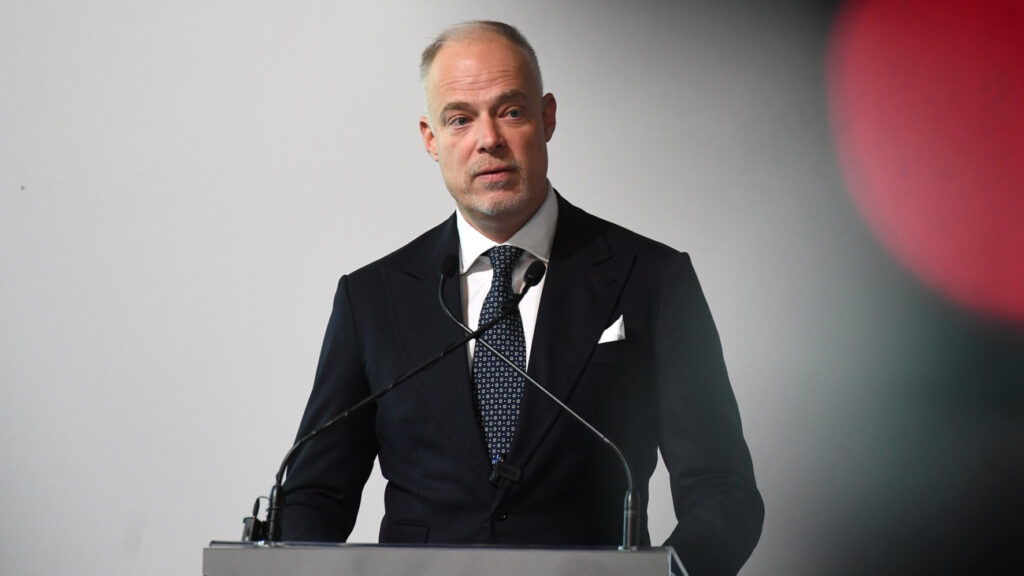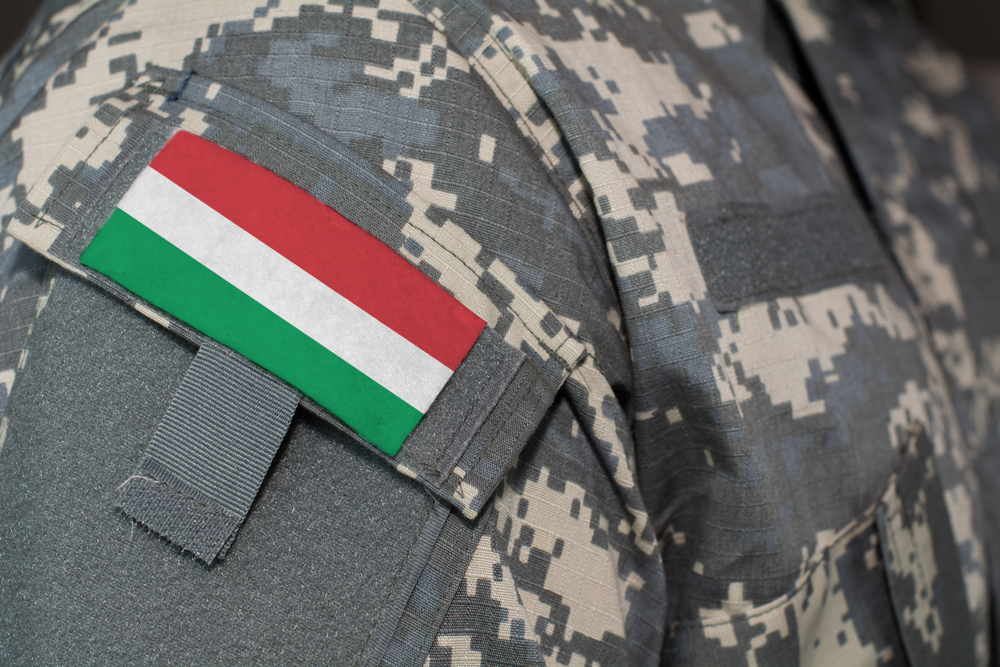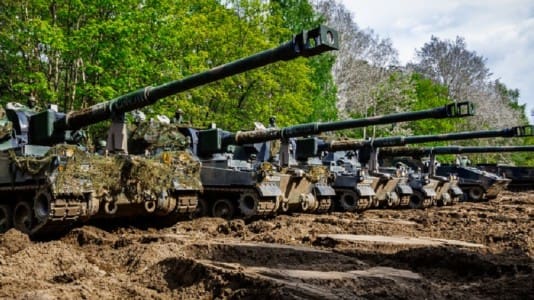Hungary’s reservist force went from barely over a dozen troops when the conservative government took power, to a quickly growing force that will be able to confront outside threats to Hungary’s sovereignty.
“We have completed the framework of the Territorial Defense Reserve System, our next task is to build it, and soon we will start a large-scale recruitment,” said Hungarian Minister of Defence Kristóf Szalay-Bobrovniczky at the flag donation ceremony of the 1st Territorial Defense Regiment in the Church of the Holy Trinity in Gödöllő on Tuesday.
Szalay-Bobrovniczky said that their aim is to get as many people as possible to decide that they want to do something for the defense of Hungary and to be part of “this big family that not only tries to make a man, but also builds a man.”

The professional and reserve systems complement each other: While the professional forces, equipped with high-tech equipment and stationed on bases form the backbone of the armed forces, the traditional, lightly armed reserve forces “weave a capillary-like web” across the country, and are responsible for their own environment and home, whether it is object protection or preparation for guerrilla warfare, the minister explained.
He stressed that the newly completed area defense component, consisting of seven regiments, has become an important component of the transformation of the Hungarian Defense Forces. He noted that in 2010, these defense forces had only 17 reservists.
Szalay-Bobrovniczky quoted interbellum General Milán Temessy, who said that “the flag has always been the personification of national ideals, the representative of the whole country, almost a living sacred reality and the greatest legal person after the (Hungarian) sacred crown.”
“The team flag is handed over according to the ancient Hungarian custom, in a church ceremony, with the flag being raised in the presence of the flag mother who accepts the patronage,” pointed out Kristóf Szalay-Bobrovniczky. He added that the ceremonial hammering of the pins into the flagpole, which symbolizes both the defense of the country and the homeland, is like signing a pledge to defend the homeland at all costs, which amounts to a military oath.





